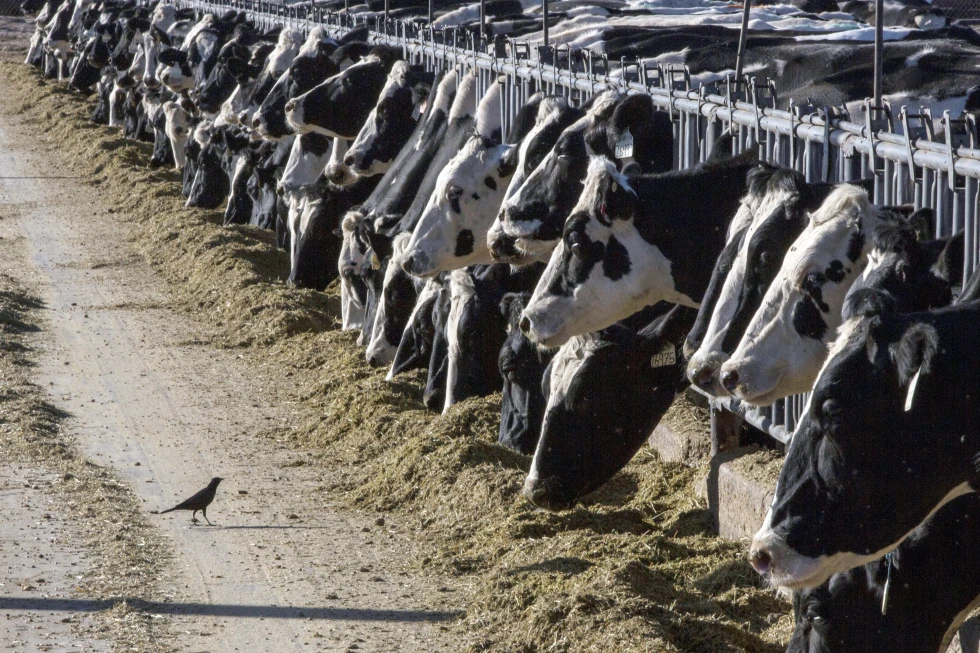Another Michigan farmworker has been diagnosed with bird flu, the third human case associated with an outbreak in U.S. dairy cows, health officials said Thursday.
The dairy worker reported a cough, congestion, sore throat and watery eyes. The other two patients had only eye symptoms, health officials said. The farmworker was given antivirals and is recovering from respiratory symptoms, health officials said.
The risk to the public remains low, although farmworkers exposed to infected animals are at higher risk, health officials said. The Michigan cases occurred on different farms and there are no signs of spread among people, officials said.
“Risk depends on exposure, and in this case, the relevant exposure is to infected animals,” the Centers for Disease Control and Prevention said in a statement.
AP correspondent Jackie Quinn reports on a third case of bird flu detected in a worker at a dairy farm, and how it’s different from the previous cases.
A human case with respiratory symptoms was not unexpected — flu-like symptoms have been seen in past cases of people who got other strains of bird flu from poultry. But it does raise the odds of possible spread, said the CDC’s Dr. Nirav Shah.
“Simply put, someone who’s coughing may be more likely to transmit the virus than someone who has an eye infection” he said.
In late March, a farmworker in Texas was diagnosed in what officials called the first known instance globally of a person catching this version of bird flu — H5N1 Type A — from a mammal.
Last week, Michigan officials announced the second U.S. case. That worker developed eye symptoms after “a direct splash of infected milk to the eye,” Michigan health officials said in a statement.
Neither of the Michigan workers was wearing face shield or other personal protective equipment, which “tells us that direct exposure to infected livestock poses a risk to humans, and that PPE is an important tool in preventing spread among individuals who work on dairy and poultry farms,” Dr. Natasha Bagdasarian, the chief medical executive of Michigan’s health department, said in a statement.
There are 100,000 to 150,000 workers on U.S. dairy farms, the United Farm Workers estimates.
Many dairy workers are reluctant to wear protective gear such as masks when working with cows in “some of the wettest conditions imaginable,” said UFW spokeswoman Elizabeth Strater. The organization has called for better access to equipment such as face shields — and for more information from employers about the risk of infection on the affected farms.
“Most dairy workers are not that aware of how to protect themselves,” Strater said.
About 350 people in the U.S. have been monitored for bird flu symptoms this year, including at least 220 in Michigan, health officials said.
More than 40 people have been tested for the virus in the U.S., according to the CDC. Numbers from Michigan health officials suggest most of them were in that state.
Since 2020, the bird flu virus has been spreading among more animal species — including dogs, cats, skunks, bears and even seals and porpoises — in scores of countries.
As of Thursday, H5N1 has been confirmed in 66 dairy herds in nine states, according to the U.S. Agriculture Department.
The new case marks the fourth time a person in the United States has been diagnosed with the virus. In 2022, a Colorado prison inmate in a work program picked it up while killing infected birds at a poultry farm. His only symptom was fatigue, and he recovered. That was before the virus was found in cows.




